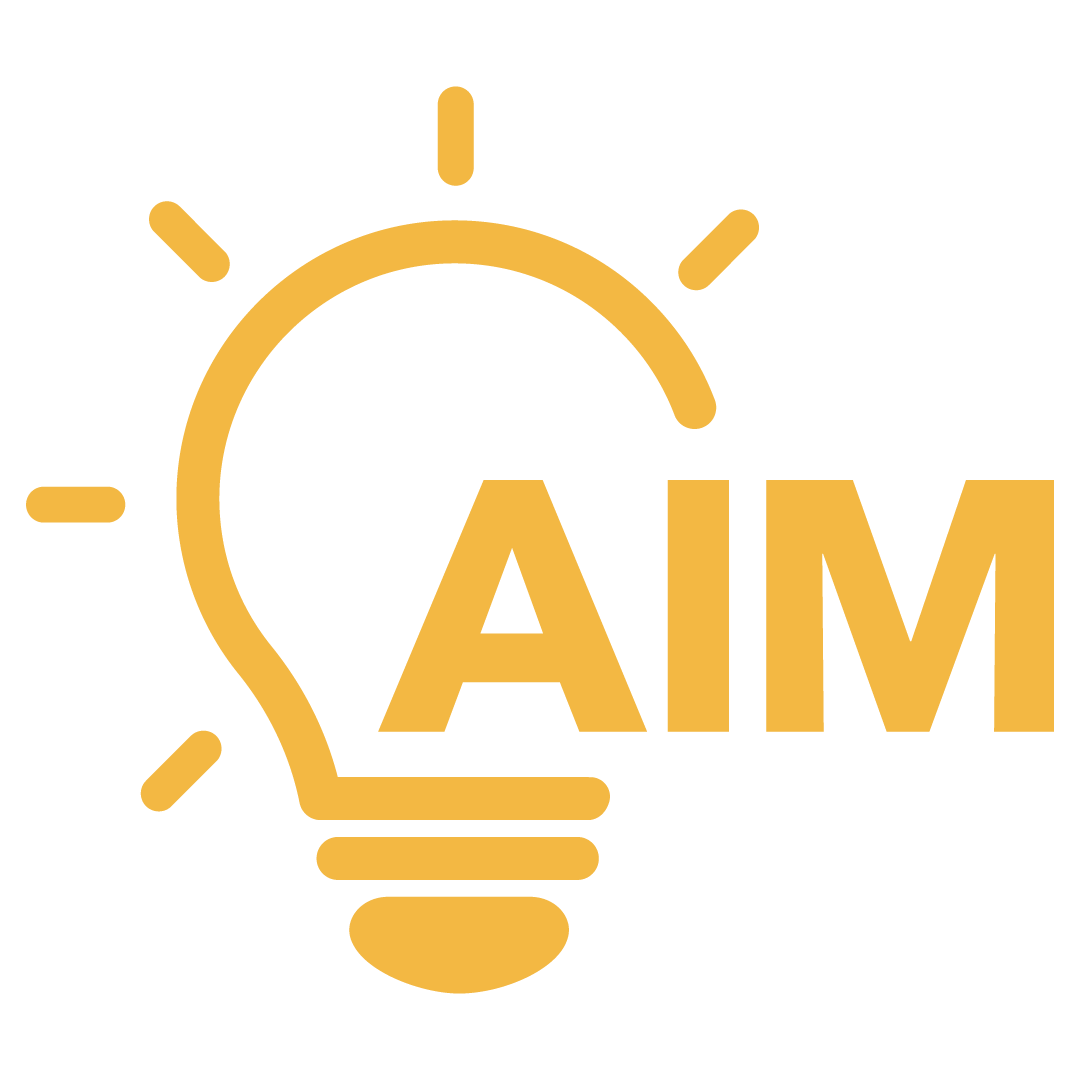
Dyslexia
A learning disorder characterized by difficulty reading.
What is Dyslexia?
Dyslexia is a type of reading disability that typically manifests in one or all of the following characteristics: difficulty reading words in isolation, difficulty accurately decoding unfamiliar words, difficulty with oral reading (slow, inaccurate, or labored) and difficulty with spelling.
-
The exact cause is unknown but these reading difficulties are commonly associated with specific cognitive weaknesses. These include: phonemic awareness, phonological memory, and rapid automatic naming.
A student with dyslexia typically has evenly developed skills in most other cognitive and academic areas, so weaknesses related to reading are unexpected. Current research suggests that students with dyslexia attempt to process reading in Broca’s area alone, instead of synchronizing with Wernicke’s area and the occipital lobe.
-
The consequences of dyslexia are far-reaching and include:
• Possible difficulties with reading comprehension
• Written expression
• Math calculations
Depending on the nature and severity of the cognitive weaknesses, listening comprehension can also be impacted. To accurately determine whether a student’s reading difficulties are related to dyslexia, a thorough evaluation is needed that looks at each piece of the academic and cognitive processes mentioned above.
-
At times, what initially seems like dyslexia to parents and teachers may actually be another type of disability, an instructional issue, a medical issue, or even an environmental issue.
What we provide:
Manage and oversee dyslexia services
Remote Dyslexia Intervention
Staffing for on-campus dyslexia specialists
Training in Dyslexia Intervention
Screenings/Assessments
Compliance / Maintenance of Records
Professional Development for Classroom Teachers and Support Staff
Preparation for TEA Dyslexia Monitoring audits
Parent education
ARD/504 Meeting attendance
Development of comprehensive district dyslexia policies and programs
